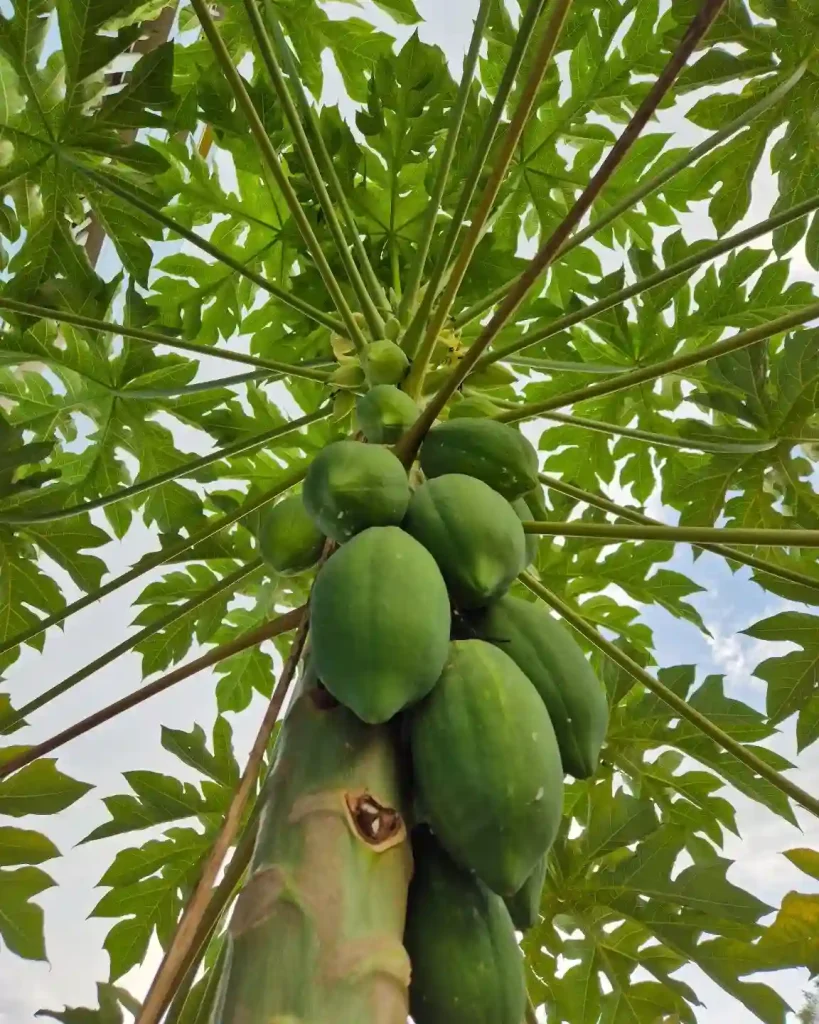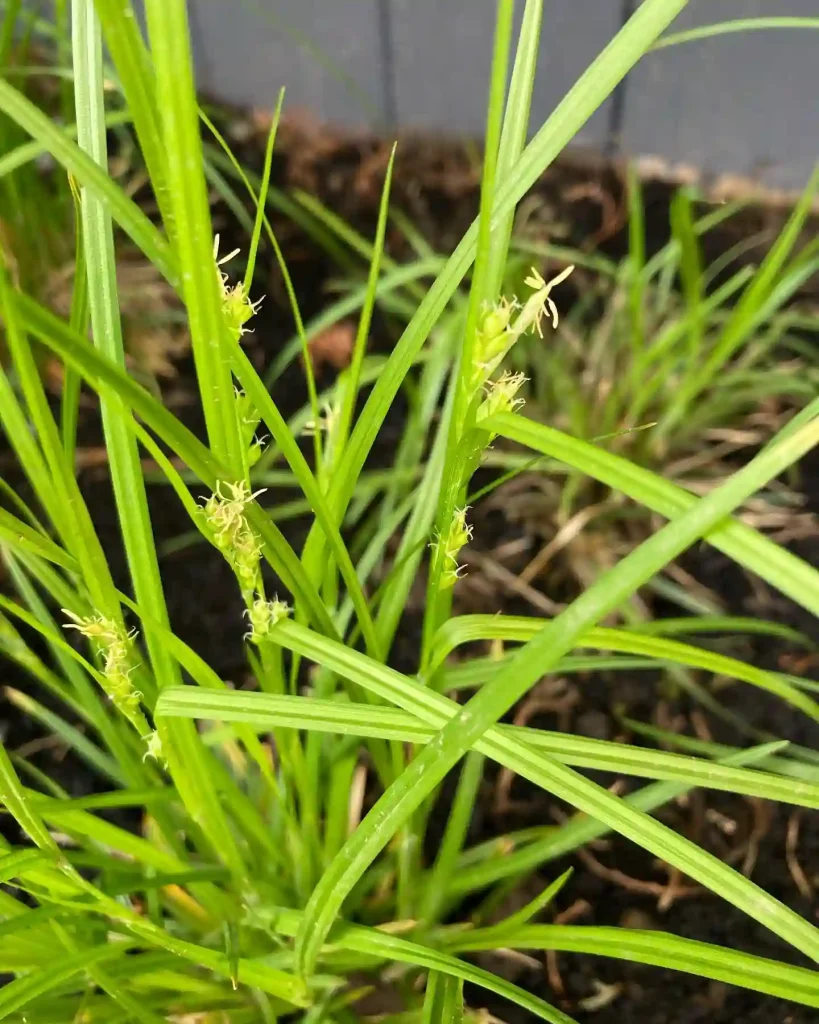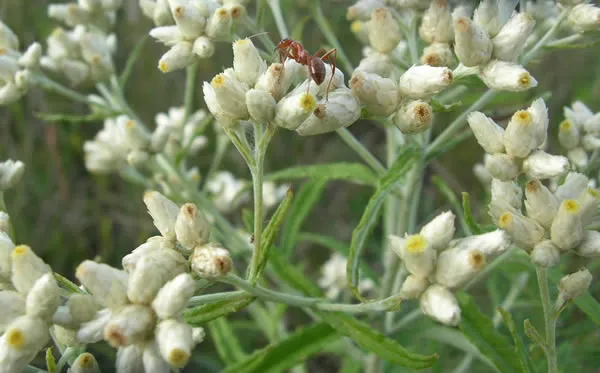Toona: A Fragrant Journey Through the Mahogany Family
My name is Ferb Vu, and I’ve always been fascinated by the diversity of the plant world. Today, I want to share my appreciation for a particular genus that has captured my attention: Toona. Belonging to the mahogany family, Meliaceae, Toona is a group of trees that are not only visually appealing but also offer a range of uses.
What is Toona?
Toona trees, sometimes referred to as redcedar, toon, or tooni, are native to regions spanning from Afghanistan to India and eastward to North Korea, Papua New Guinea, and Australia. They are deciduous or evergreen trees, known for their fragrant wood and distinctive foliage. The leaves are pinnate, meaning they consist of multiple leaflets arranged on either side of a central stem, giving them a feather-like appearance. When crushed, these leaves release a scent often described as a mix of onion and garlic, which explains the common name “beef and onion plant” given to one of its species, Toona sinensis.
A Diverse Genus
The Toona genus is not a large one, but it encompasses a variety of species, each with its own unique characteristics. Here are the currently recognized species:
- Toona calantas: Found in Malesia, New Guinea, and the Bismarck Archipelago.
- Toona calcicola: A relatively new species discovered in Thailand.
- Toona ciliata: Commonly known as Australian Red Cedar, this species is prized for its timber.
- Toona fargesii: Native to China and valued for its ornamental qualities.
- Toona sinensis: Also known as Chinese Mahogany or Chinese Toon, this species is popular for both its timber and edible shoots. – Plant FAQs: Toona Sinensis
- Toona sureni: Distributed across Southeast Asia and used for various purposes, including timber, medicine, and as a shade tree.
Why Toona Matters
Toona trees hold both ecological and economic significance. Ecologically, they provide habitat and food sources for various organisms. Their flowers attract pollinators, and their fruits are consumed by birds and mammals. Economically, Toona species are valued for their timber, which is strong, durable, and often used in construction, furniture making, and veneers.
Beyond timber, certain Toona species, particularly Toona sinensis, have culinary and medicinal uses. The young leaves and shoots of Toona sinensis are a popular ingredient in Asian cuisine, often used in stir-fries, salads, and omelets. In traditional medicine, various parts of Toona trees have been used to treat ailments ranging from diarrhea to skin infections.
My Personal Connection
My interest in Toona stems from a combination of factors. Firstly, I am drawn to their aesthetic appeal. The graceful form of these trees, coupled with their vibrant foliage, makes them a striking addition to any landscape. Secondly, I am intrigued by the diverse uses of Toona, ranging from the practical applications of its timber to the culinary and medicinal properties of certain species.
Furthermore, I believe that Toona, like many other plant genera, holds untapped potential. As we continue to explore the natural world, we may discover new uses for these trees, whether in the development of sustainable materials or in the discovery of novel medicinal compounds.
Looking Ahead
As we move towards a future where sustainability and environmental consciousness are paramount, I believe that Toona trees have an important role to play. Their fast growth rate and valuable timber make them a promising resource for sustainable forestry. Moreover, their adaptability to various climates and soil conditions makes them suitable for cultivation in different regions.
I am excited to see how our understanding and utilization of Toona evolve in the years to come. By appreciating the diversity and potential of this genus, we can contribute to a more sustainable and harmonious relationship with the natural world.
If i die, water my plants!



